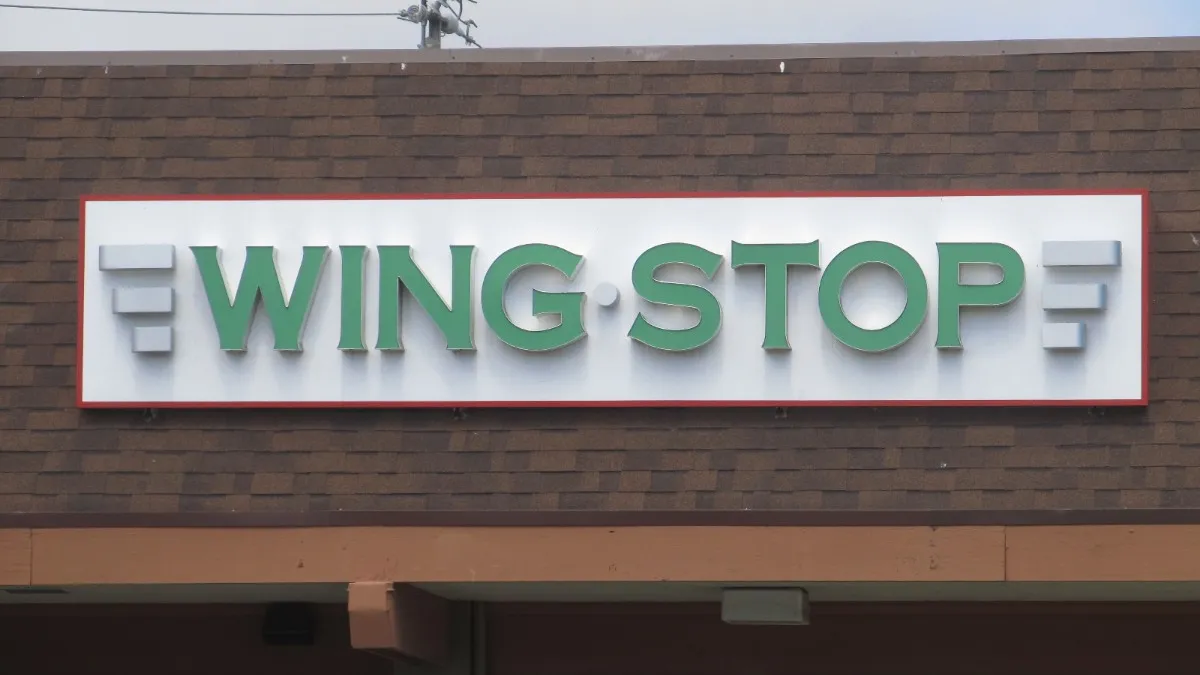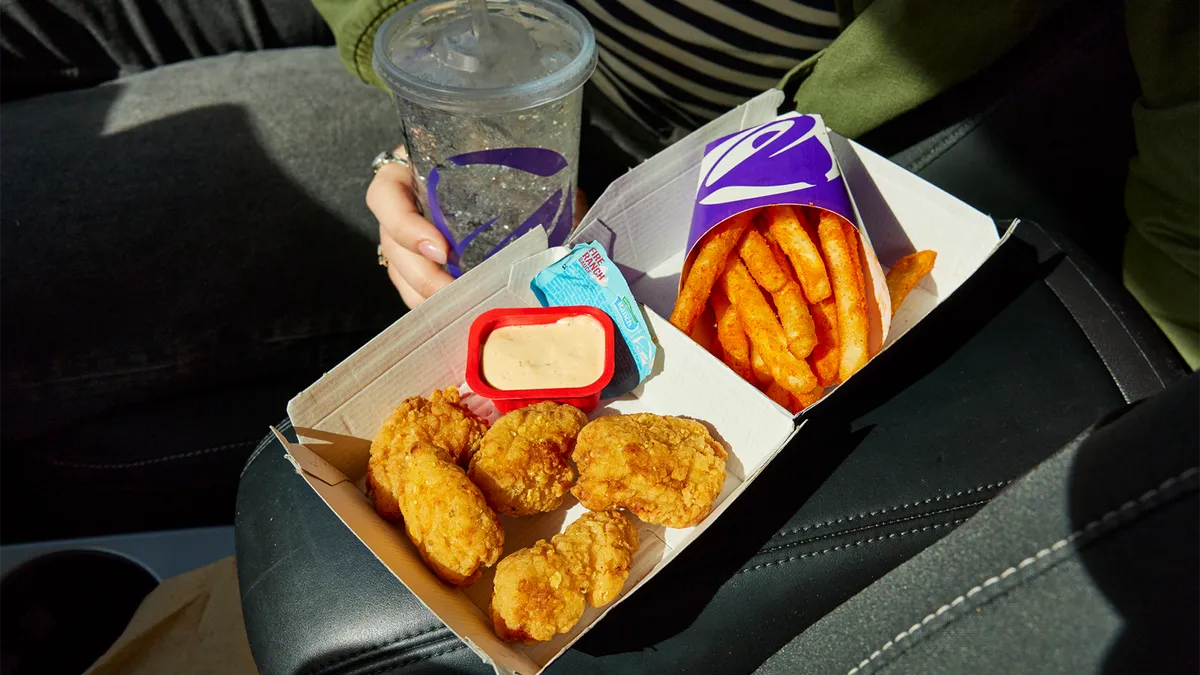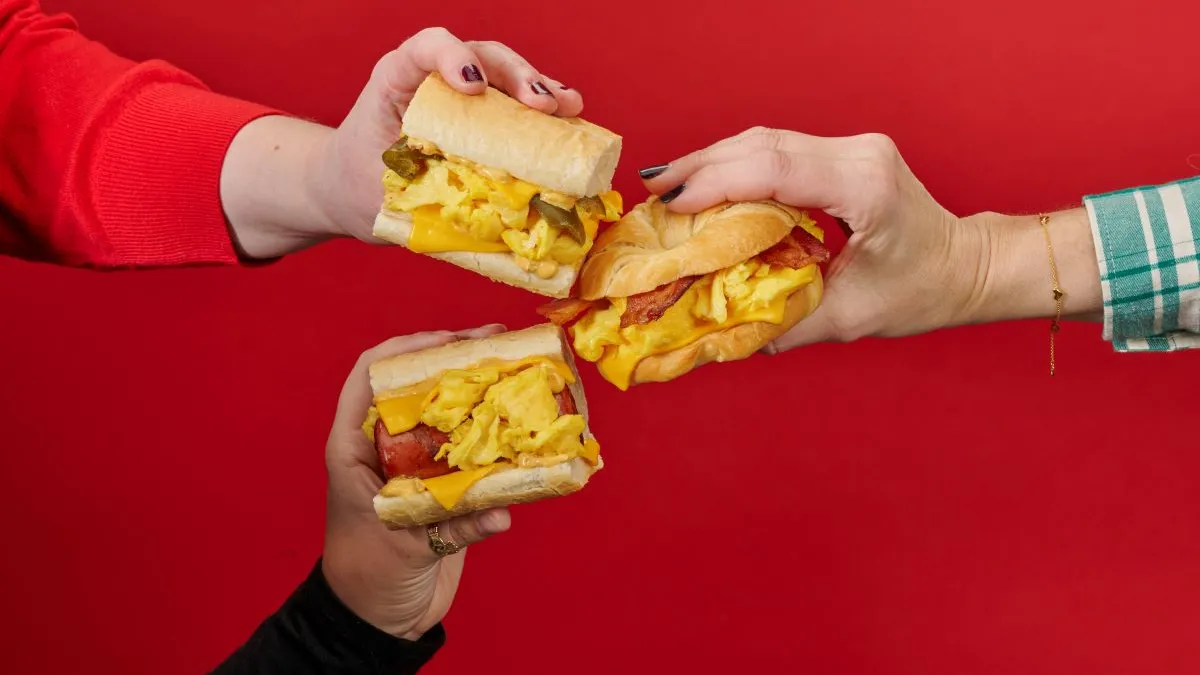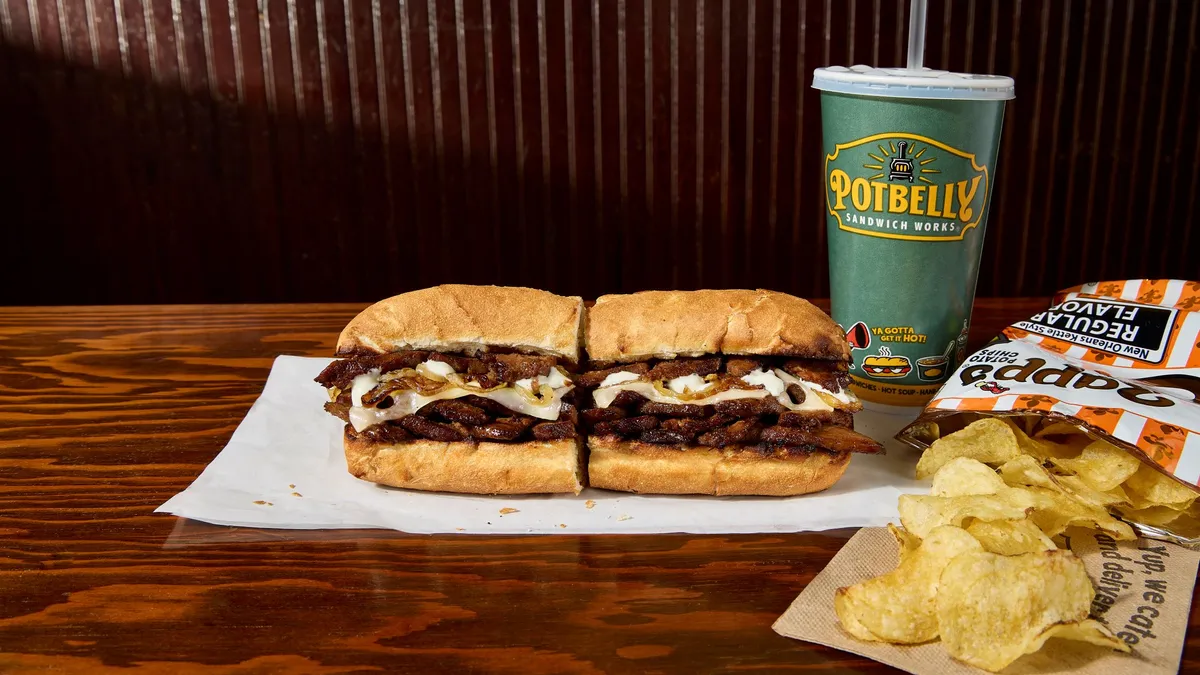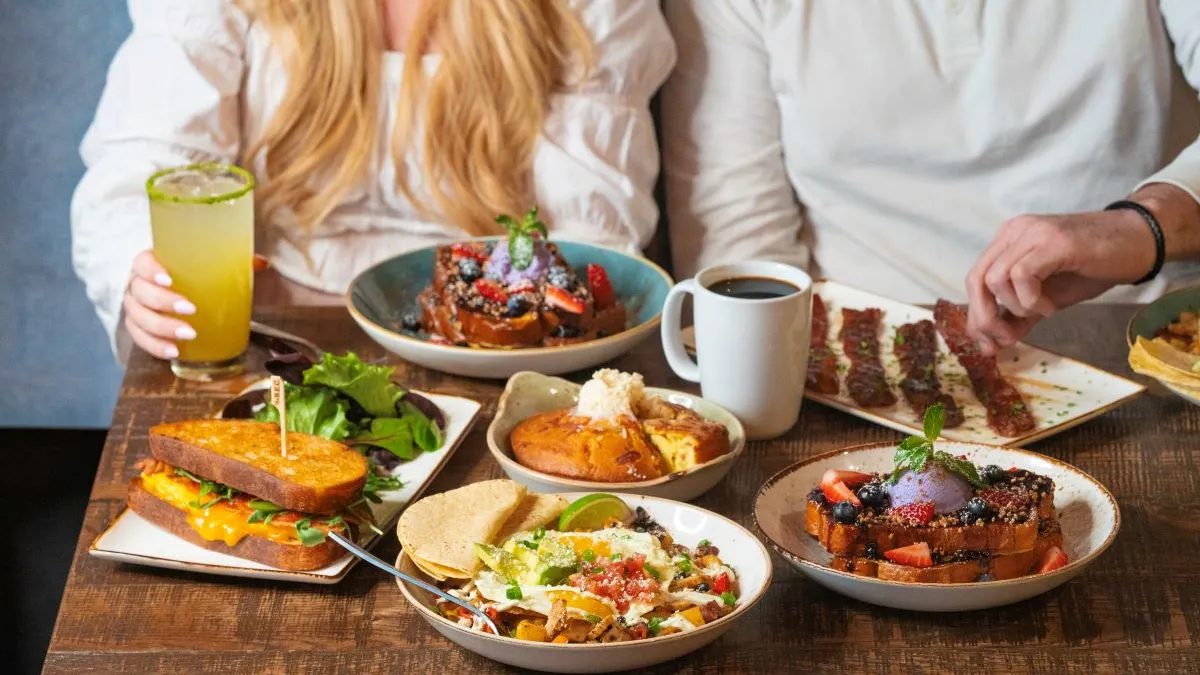Wingstop, which has been hit hard by volatile chicken wing costs over the past year, wants to take food pricing into its own hands.
Early last year, the company was forced to shell out a whopping $3.22 per pound for bone-in wings compared to the $1 per pound price it pays today, CFO Alex Kaleida said on Tuesday during Wingstop's investor day. The fast casual chain is considering several strategies to assert more control over its poultry supply, which would secure more predictable chicken costs.
Strategies under consideration include forming a co-investment or joint ventures with chicken suppliers to capture Wingstop's targeted food cost, hovering around $1.60 to $1.80 per pound of chicken wings, or 30% of food costs, Kaleida said. Wingstop is also mulling acquiring a small poultry complex outright, or building a chicken plant of its own.
The chain could also establish a purchasing co-op where brand partners would own and manage the poultry asset going forward. Wingstop could set up initial capitalization and then the co-op would acquire any asset from Wingstop, which would allow the company to maintain an asset-light model, Kaleida said.
"Not only does this strategy help us deliver a more predictable food costs to the restaurant and minimize volatility, it also helps us deliver assured supply so that we have adequate supply for our long-term growth," Wingstop CEO Michael Skipworth said.
It's likely that Wingstop's supply chain strategy will incorporate all three of these options over time, but there is currently no timeline on an acquisition. It is currently looking into several possibilities, Skipworth said. One poultry complex would only account for 20% of its supply chain, however, and Wingstop will still work with its current suppliers so there will be some element of market-based pricing, Skipworth said. The company will continue to negotiate with its suppliers.
The chain has worked closely with a third-party to understand the end-to-end costs of a poultry complex, from feed to growing and processing, and how to stabilize poultry costs.
Sixty-five percent of Wingstop's food costs come from bone-in wings, so when bone-in wing prices rose 125% in Q2 2021, this sent shock waves through its 1,700-unit system. Food, beverage and packaging costs were also up 11.4% during this time. By contrast, wing prices were as low as $0.99 per pound during Q2 2020, executives said during the company’s Q2 2021 earnings call.
Last year, the company expanded beyond bone-in wings to test chicken thighs through a virtual brand, Thighstop. Thighs eventually rolled into the overall menu, and the company launched a pilot this week of a chicken sandwich that can be tailored to any of its 11 flavors available.
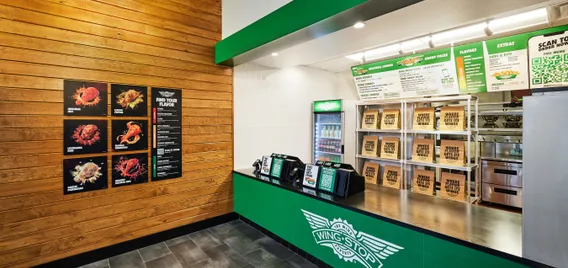
Keeping the overall operating model lean
With 95% of the company’s sales coming from wings, fries and sides, Wingstop also developed a simple, low-cost operating model to allow it to better navigate highly volatile food costs. At restaurants with average unit volumes of $1.6 million, the model is set up to run a shift with three to four team members. The company is also opening new restaurants at $1.3 million AUVs within the first year by leveraging 1,700-square-foot units and high off-premise digital orders, Kaleida said.
“When we open a restaurant, we have lean roster sizes and we look for a real estate profile that allows us to maintain a low occupancy rate,” Kaleida said.
Maintaining food costs is also part of Wingstop's growth strategy and ability to attract new and existing franchisees to open more restaurants. With today’s food costs and Wingstop's AUVs of $1.6 million, many partners are seeing 70% returns on their investment, which is around $400,000, or about a less than two-year payback from that initial investment, Kaleida said.
“This year, we're uniquely positioned in the industry relative to others with meaningful deflation in our core commodity and as our guidance applies for this year, could pace to another record year with 220 restaurants,” Kaleida said. “Our strategy [for] maintaining best in class returns is minimizing the volatility we see in our core commodity. … We are executing a clearly defined strategy to take greater control of our supply chain.”
This development pipeline would surpass last year’s high of 193 units, Kaleida said. Wingstop's existing partners are reinvesting back into the company and acquiring more territory within its domestic markets because of the high returns they are seeing, he said.
The restaurant is also testing an even leaner model that is 100% digital in Dallas. That store, which only offers delivery and carryout, displays QR codes on its menu boards that enable walk-in customers to fulfill a digital order. The company is also testing AI voice ordering in that store and other ways to improve restaurant efficiency, Kaleida said.
“This format also creates optionality in our market plan. While the traditional storefront with the dining rooms will still be the majority of our footprint, a delivery- and carryout-only location gives us more options,” Kaleida said. “This gives us the confidence in our domestic business of achieving 4,000-plus restaurants.”
This format could also help grow the company’s digital mix, which is currently 62%. Delivery also grew from 13% of sales in 2019, when Wingstop launched delivery, to 27% today, according to the investor presentation. Marisa Carona, Wingstop's chief growth officer, said that this growth was achieved with just one third-party service provider. It currently has an exclusive partnership with DoorDash. The company expects it could grow this channel further if it were to add a secondary provider, but it hasn't formally announced any additional partnerships. Maintaining predictable food costs will also help make this delivery channel profitable, especially as so many chains have increased menu prices to make up for the additional costs related to delivery.



